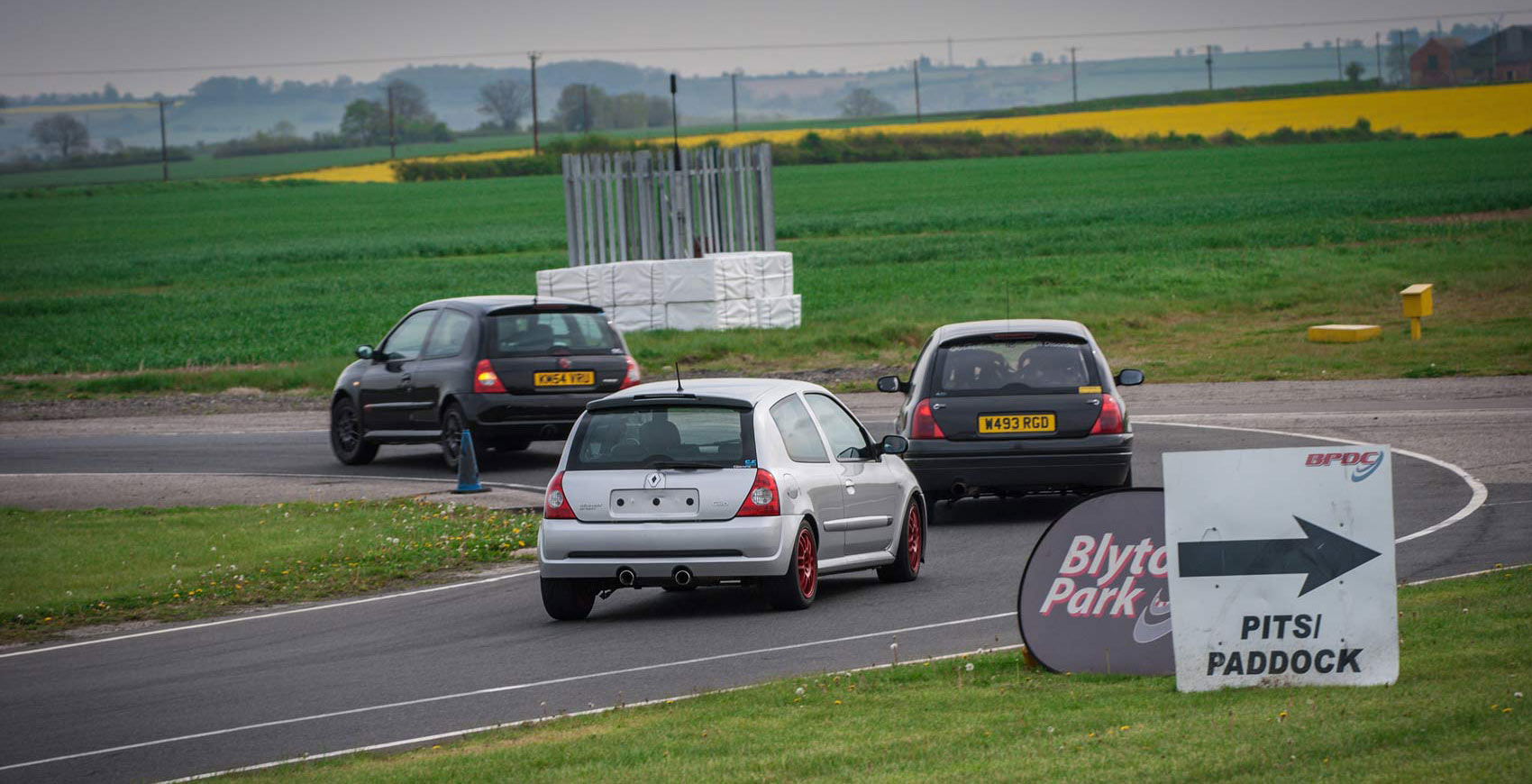05 Apr How many miles is a clio 172 engine good for?
This question gets asked a lot, and unfortunately the answer is far less simple than one might think, as not all miles are equal in terms of the wear that they cause.
For a start, (this refers to all cars not just the 172) even if you are talking about the same type of use (lets say town driving) every cold start your car does wears the cylinder walls and piston rings far more in the first minute or so of the engine running when they havent yet expanded to their proper working clearance than you will experience in the subsequent minutes. So a car that starts twice a day and does a 2 mile journey will wear out nearly twice as much as one starting once a day to do exactly the same 4 miles in one go.
Most of the components of the engine are effected by how many revolutions they are doing, so if you do 10 mins at 2K rpm in 2nd gear in traffic, most of the engines components will experience the same amount of wear as they would at 2K rpm in 5th gear on an A road, but in 5th you would be doing nearly 3 times the mileage. Injectors for exmaple fall into this category, so do things like the camshafts and the alternator, none of these components care what gear you are in and hence how many miles you are clocking up each hour, they care only how long they are run for.

Then there are some specific components, that actually wear more while you are hardly moving, than they do when the car is moving a lot, for example the power steering pump sees the most load when you are parellel parking and next most when you are manouvering around at low speeds in town, but its doing almost nothing if you sit on a motorway for 100 miles. Another very 172 specific example of this is the dephasor solenoid, it wears most while the car is idling, so the amount of time the car has spent in stop start traffic again has FAR more bearing on its condition than the amount of time the car has spent moving along properly, so its frequently the case that a town car on 40K needs a new dephasor but a car used for mainly motorway miles can be on 150K and not need one at all.
Finally we have what are probably the two most important factors, how its driven and how well its maintained.
If you start your car from cold and then thrash it to the limiter its not going to last very long at all as the pistons are still loose in the bore and the rings wont seal up properly, and likewise if you neglect to service your car and drive it around on old oil that has degraded it will wear significantly more than a well maintained example.
Several club members have engines up around the 200K mark that are still in great working order, several have needed a rebuilt before 50K. It really does vary that much.
So in terms of advice for when buying one, look at things like the condition of the clutch pedal rubber and the gearknob as these tend to be better indicators of “bad miles” than the milometer is, but obviously they are also easily changed.
Listen for noises, check for smoke (ask to follow the seller when they accelerate for example) and check the service history, these things will tell you more than the number on the dash.


